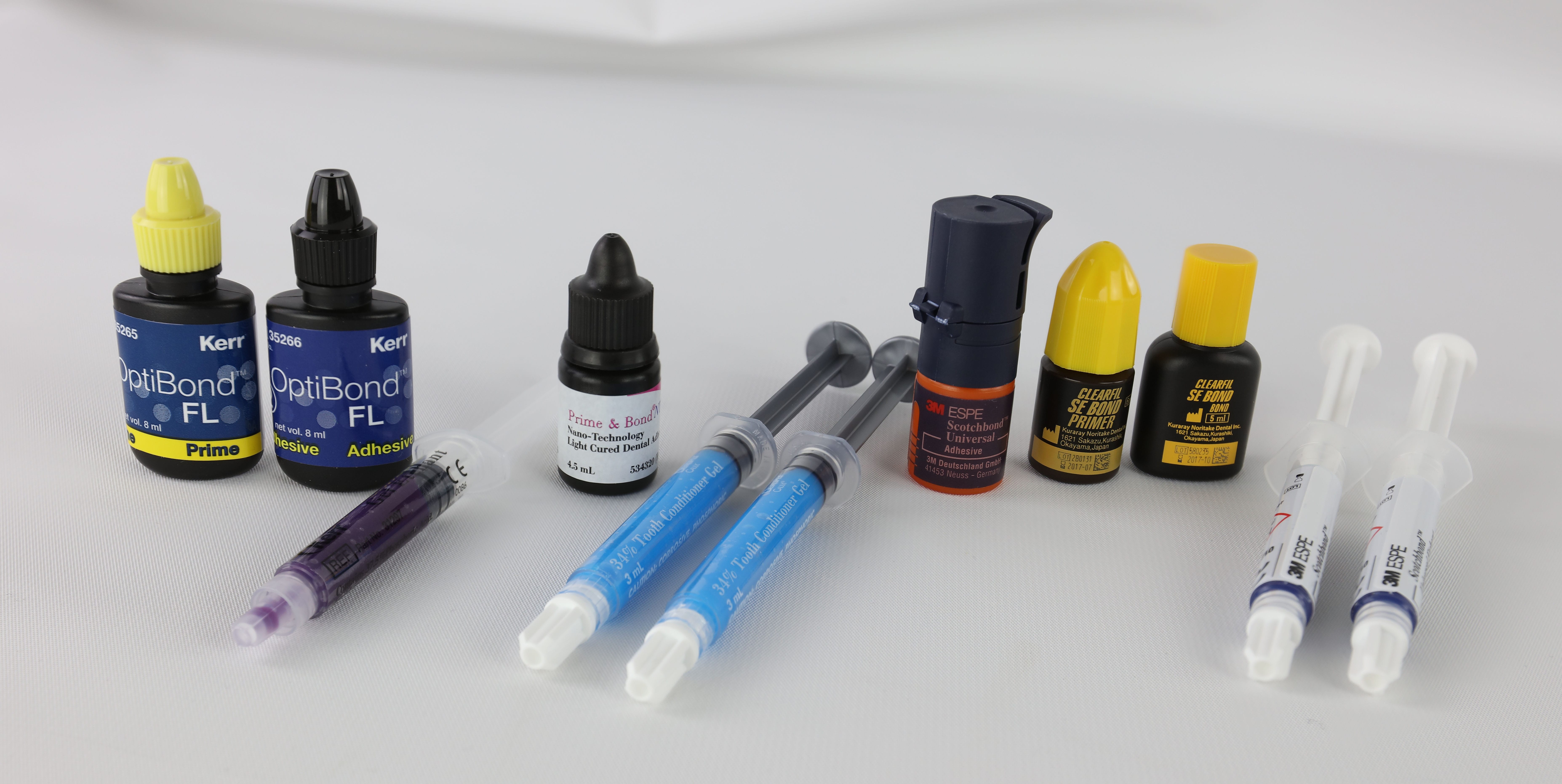Are you tired of unexpected dental bills? You’re not alone. A staggering 74 million Americans lack dental coverage, often leading to delayed care and hefty expenses. But how much does dental insurance really cost?
Let’s crunch the numbers together. In this guide, we’ll uncover the true price of dental coverage, from budget-friendly options to comprehensive plans. You’ll learn:
- The average cost of dental insurance in 2025
- Factors that can lower (or raise) your premiums
- How to compare plans like a pro
- Insider tips to maximize your benefits
Whether you’re a first-time buyer or looking to switch providers, we’ve got you covered. By the end, you’ll have the knowledge to choose a plan that keeps your smile bright and your wallet happy.
Ready to take control of your dental health costs? Let’s dive in!
Average Cost of Dental Insurance
The cost of dental insurance can vary significantly based on several factors, including the type of plan, coverage level, and where you live. On average:
- Standalone Dental Insurance: Approximately $30 per month
- Preventive-Only Plans: Around $26 per month
- Comprehensive Plans: Ranging from $20 to $82 per month, depending on coverage
Breakdown of Costs
- Preventive Care Plans: $26/month
- Basic Coverage Plans: $47/month
- Comprehensive Plans: $52/month
Factors Affecting Dental Insurance Costs
Several key factors can influence your dental insurance premiums:
- Type of Plan:
- PPOs (Preferred Provider Organizations) are generally more expensive due to their flexibility and extensive networks.
- DHMO (Dental Health Maintenance Organizations) tend to have lower premiums but require you to use network dentists.
- Coverage Level: Plans that offer higher coverage for major services like crowns or root canals will typically come with higher premiums.
- Geographic Location: The cost of dental care varies widely based on local living expenses and provider availability.
- Age and Health Status: Older individuals or those with a history of dental issues may face higher premiums.
Types of Dental Insurance Plans
Understanding the various types of dental insurance plans can help you choose one that aligns with your needs and budget:
Preferred Provider Organization (PPO)
PPO plans provide a network of dentists who offer services at reduced fees. While you can see out-of-network dentists, it will generally cost more. These plans usually have higher premiums but offer greater flexibility in choosing providers.
Dental Health Maintenance Organization (DHMO)
DHMO plans require you to use dentists within their network and often feature lower premiums. They emphasize preventive care and may not impose annual maximums on benefits.
Dental Indemnity Plans
Also known as fee-for-service plans, indemnity plans allow you to visit any dentist. The insurance company reimburses a portion of the costs based on a predetermined fee schedule. While these plans offer maximum flexibility, they can be pricier.
Discount Dental Plans
These are not traditional insurance plans but provide discounts on dental services from participating providers. They come with lower monthly fees but require out-of-pocket payments at discounted rates.
What Does Dental Insurance Cover?
Most dental insurance plans typically cover three main areas:
- Preventive Services: Routine exams, cleanings, x-rays, and fluoride treatments are usually covered at 100%.
- Basic Services: Fillings, extractions, and root canals are generally covered between 80% to 100%.
- Major Services: Crowns, bridges, and dentures typically receive coverage ranging from 50% to 80%.
What’s Typically Not Covered?
- Cosmetic procedures (e.g., teeth whitening)
- Orthodontics (braces), which may have a lifetime maximum benefit
- Certain elective procedures
Tips for Choosing the Right Dental Insurance Plan
Selecting the right dental insurance plan requires careful consideration of your needs and financial situation:
Evaluate Your Needs
Assess your dental history and current oral health status. For example:
- Families with children may need a plan that covers orthodontics.
- A single adult with good dental health might prefer a preventive-only plan.
Understand the Costs
Look beyond monthly premiums. Consider deductibles, copays, coinsurance, and annual maximums. A plan with a low premium might come with high out-of-pocket costs for treatments.
Compare Plans
Examine benefits, network size, and costs across different plans. PPOs offer more flexibility but at a higher price point; DHMOs are more affordable but limit your choice of dentists.
Check for Waiting Periods
Some plans impose waiting periods for major services. If you need immediate dental work, look for plans with no or shorter waiting periods.
Conclusion
Investing in dental insurance is a smart decision for your oral health. By understanding the costs associated with various types of plans and coverage options available, you can select a policy that fits your needs and budget. Regular preventive care covered by dental insurance not only helps maintain your smile but also prevents costly procedures down the line—making it an invaluable financial choice.














